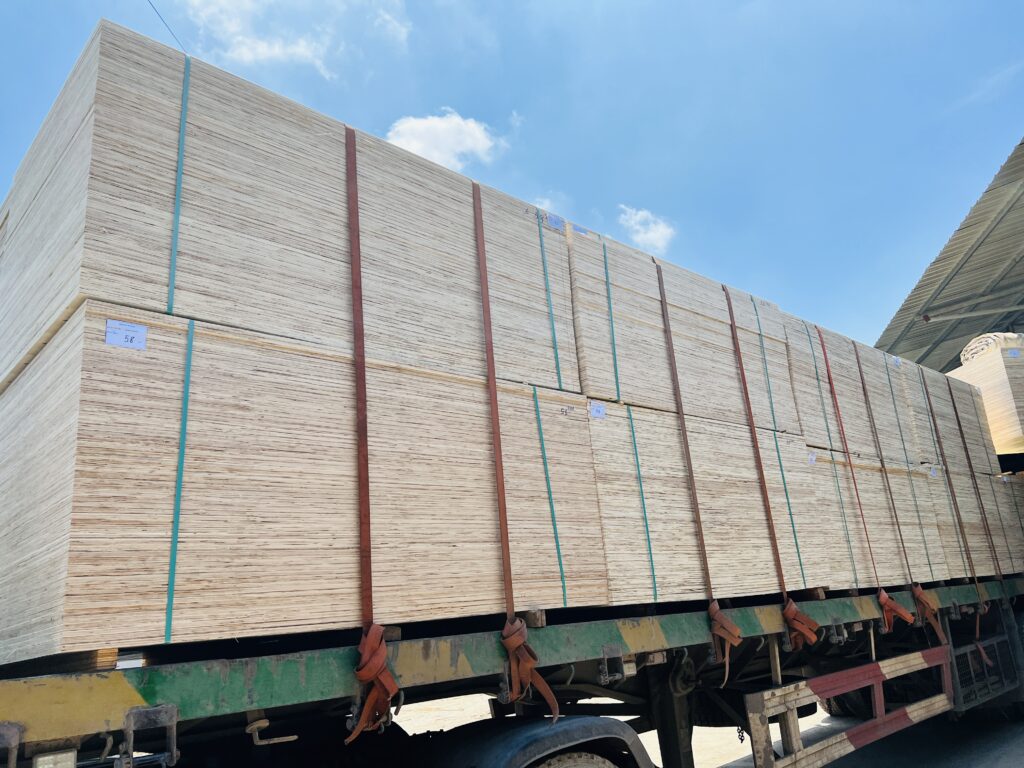Insight
The rise of wood substitutes and competition
The world of construction and furniture has witnessed a significant shift in recent years, with the emergence of a diverse range of wood substitutes. These innovative materials offer compelling alternatives to traditional timber, challenging its dominance in various applications. This article explores the factors driving the rise of wood substitutes and their competitive landscape.
Environmental Concerns and Sustainability
One of the primary drivers behind the search for wood substitutes is the growing concern over deforestation and the environmental impact of timber extraction. Many wood alternatives are derived from sustainable sources or are entirely synthetic, reducing the pressure on natural forests.
Technological Advancements
Advancements in materials science and manufacturing techniques have enabled the development of highly functional and aesthetically pleasing wood substitutes. These materials often possess superior properties, such as increased durability, resistance to moisture, and fire resistance.
Cost-Effectiveness
While traditional wood can be expensive, particularly for high-quality species, many substitutes products offer a more affordable option. This has made them attractive to both consumers and businesses seeking to reduce costs without compromising on quality.
Versatility and Customization
Wood substitutes come in a wide variety of forms, textures, and colors, allowing for greater versatility and customization compared to traditional wood. This flexibility has made them popular choices for architects, designers, and homeowners seeking unique and innovative solutions.
Competitive Landscape
The market for substitutes products is highly competitive, with a range of materials vying for attention. Some of the most prominent contenders include:
- Engineered Wood Products: These include plywood, particleboard, and medium-density fiberboard (MDF), which are manufactured from wood byproducts.
- Bamboo: A rapidly renewable resource, bamboo offers a sustainable and versatile alternative to traditional wood.
- Recycled Materials: Materials such as recycled plastic, paper, and agricultural waste are being used to create innovative wood substitutes.
- Synthetic Materials: Engineered materials like composite wood and high-pressure laminate (HPL) offer a wide range of properties and finishes.
The Future of Wood Substitutes
As technology continues to advance and environmental concerns persist, the demand for substitutes products is likely to grow. These materials offer a promising solution for sustainable construction and design, while also providing a competitive alternative to traditional timber. The future of the wood industry will undoubtedly be shaped by the ongoing competition between natural and synthetic materials.









